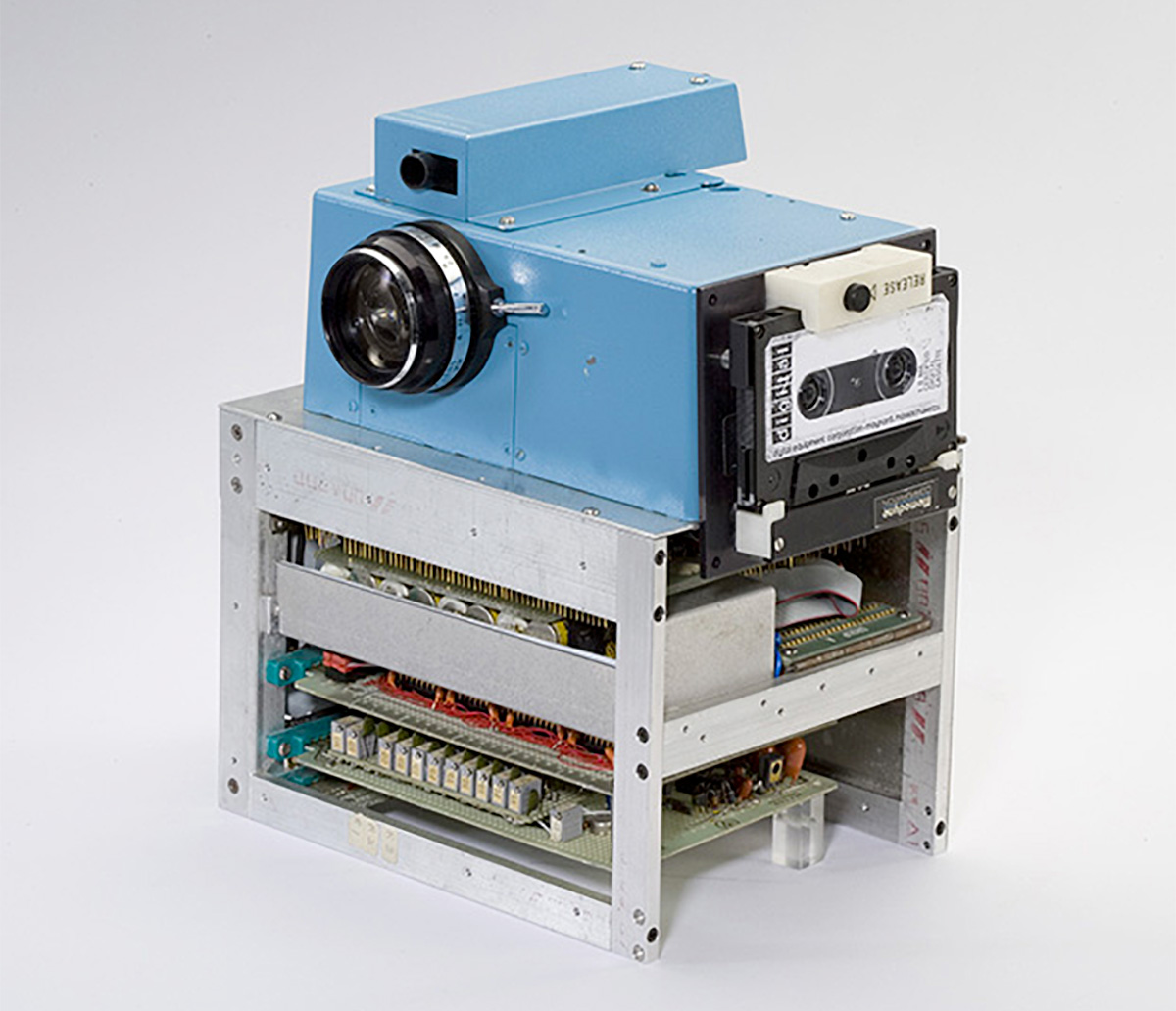Ideas are the currency of the 21st century. We rely on out-of-the-box thinking to keep our competitive advantage, bring in new business, and solve complex challenges every day. But we've all experienced a situation where others failed to see the value in our new idea at first.
Or maybe we've been the ones to dismiss an idea we didn't understand. According to creativity guru David Burkus, this immediate rejection of innovative ideas happens more than we might realize—and probably more than it should.
Innovative ideas naturally invite judgment and criticism. In his article, Why Great Ideas Get Rejected, Burkus argues that when it comes to innovation, "the world's most common reaction is to beat down the idea or, perhaps worse, ignore it." Think back to the last time someone pitched you a new idea. Were you skeptical?
You're not alone. There are several iconic examples throughout history where people flat out rejected new ideas, only to later be seen as brilliant innovations.
For example, the debut performance of Igor Stravisky's The Rite of Spring was met with boos from the audience that quickly escalated into riots. Riots! At the ballet! Today, it is revered as an influential piece in music history, but at the time the nontraditional music and unnatural dancing was unlike anything the audience had seen, so they rejected it.
Kodak is another example of how rejecting innovation can have negative consequences. Their research lab had been sitting on the technology for the digital camera as early as 1975, but executives wanted nothing to do with it. They thought the market's desire for high-resolution photographs was evidence that people would always prefer film. Sony released their version of the digital camera in 1981 and usurped the future of digital photography.
By definition, innovative ideas introduce concepts that are both original and functional. However, research shows that when we are presented with a new idea, we subconsciously struggle to recognize originality and functionality at the same time. This creates an unintended bias against creative ideas that, as history has shown, can lead to rejection, riot, and bankruptcy.
In 2012, a team of researchers studied individual perceptions of creative ideas when uncertainty was present. They used something called the Implicit Association Test, which determines if a person has a positive or negative association with creative and practical terms. They introduced uncertainty by splitting the participants into two groups and promising one group that some of them would be selected to receive additional payment from a random lottery drawing after the study.
The researchers compared the results of the Implicit Association Test towards explicit feelings about creativity to see if people behaved the way they said they would. The group that was given no chance at extra compensation (the "certain" group), showed a positive association with creativity, both implicitly and explicitly. The uncertainty group, however, "said they valued creative ideas, [but] when faced with a choice between a creative or a practical phrase on the implicit test, they tended to favor the practical."
When uncertainty is present, we instinctively favor practical solutions despite our best intentions to keep an open mind.
Your company bias
As pressure builds for organizations to generate and deliver innovative ideas, an inherent bias against creative ideas can be a significant disadvantage. This problem is further compounded when an organization's hierarchy inserts multiple checkpoints that ideas must pass though before being fully considered.
A 2013 article for Computers in Human Behavior offers one explanation for why organizations are especially resistant to creative ideas: "The implementation of creative ideas entails risk, can disrupt the status quo in an organization, and can threaten stakeholders' positions and authority—particularly when the proposed ideas are radical or breakthrough in nature" (Oldham & Da Silva, 2013). In order to get creative ideas past these boundaries, Oldham and Da Silva say that building support for the idea is a key factor in getting them through.
Such support can come from other team members that might have relevant information related to the idea, or even from friends and family who can offer their own feedback and perspective. Support from others can also enhance an individual's confidence in promoting the idea to key stakeholders, which can go a long way in overcoming organizational resistance.
Rarely is there a shortage of ideas, but even the most innovative organizations need to be aware of their inherent biases. As the research has shown, even the best-intentioned teams can be stymied by skepticism that lurks deep within our subconscious.
Maybe the first step to overcoming our inherent skepticism is to accept that, at some point, we have all resisted one creative idea or another. The next time someone pitches you a new idea that seems out there, remember what history and research has taught us, and give it a second thought.
This article is based on Why Great Ideas Get Rejected, by David Burkus.


